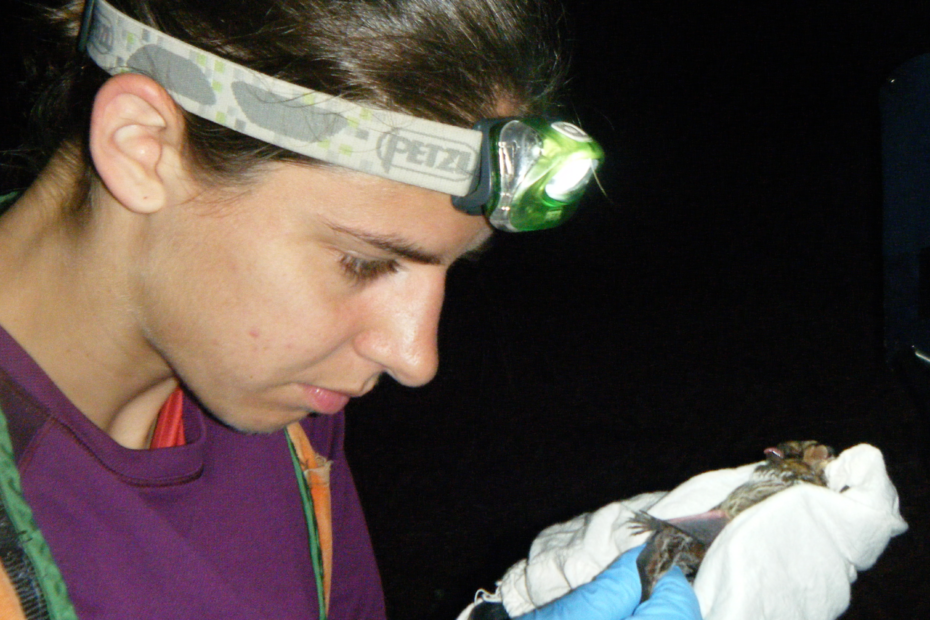Here we are, only 9 days left until the Spring Equinox! In the time since I last posted, our bat friends left the area, settled down in some cool cave or tree at a mystery location and bedded down for a winter. At least, that is what is supposed to have happened. It has been an unusual winter in many parts of the country, and Northern California has been no exception. While not as desperate for rain as the rest of the state, we have still experience way more sunny days than we are supposed to. According to the locals, “in the old days” it would rain straight from November until April. Instead, as I’m writing this, I am looking out at a clear, cloudless blue sky. Not to rub it in.
Being in northern California means we are situated next to a very large body of water (Pacific Ocean), which provides us a moderate climate year-round. Its a situation that is great for humans (no winter coat needed here!), but is also great for many of the local critters. Instead of having to pack up and leave summer grounds, or hide away in a hole or cave somewhere, animals in this area can feasibly stay active throughout the fall and winter. This is great for the field biologists out there, because it offers an opportunity to study animals under unusual, and unexpected conditions, like bats in the middle of winter (I’ll get to that in my next post).
In addition to providing a mild climate, the coastal areas and all of our wonderful redwoods offer a great migratory corridor for tree roosting bats, such as hoary bats. It is hypothesized that these bats (one of the largest and arguably most beautiful in North America!) migrate from their summer breeding grounds down to southern California, Baja California and most likely into parts of Central America for the winter. The redwoods of Humboldt are smack-dab in the middle of their migratory pathway, giving scientists a great chance to capture and collect data on these bats, which can be harder to find during their summer season (tree bats don’t congregate in the same large groups that other North American bats do, making them harder to find).
Ted Weller at the Southwest Pacific Research Station (US Forest Service), several other local bat enthusiasts/students and I spent many nights over the fall going out and netting hoary bats and other local and migratory species. With Ted’s research, we are attempting to answer questions about hoary bat migratory patterns, such as sex ratios, timing, modes of navigation (bats don’t seem to be echolocating when they hits the nets) and social behaviors, such as group travel. It is supposed that these bats are finding mates and copulating during the fall, and yet most of the individuals caught are of one gender (mostly male). Where are the females?
We haven’t answer these questions yet, but it was an exciting fall season. Using an infrared camera paired with a bat detector, we can go back and determine if bats were using echolocation when they hit the nets. The video also provides information about if bats were traveling in groups, which we can cross reference using capture times to determine age and sex. The unusually dry conditions also meant we were able to visit sites more often than in the past, and we learned that at least some bats were hanging around for weeks at a time through multiple recaptures on different nights (not expected if they are just using the area as a migratory stop-over).
Once we catch a bat in a mist net, we carefully remove them from the net, and place them in little cloth bags. Then the data collection begins. We take measurements of ears and forearms and mass, and determine sex, age and reproductive status. Age is determined by looking at the degree of calcification in their wing bones. Younger bats will have gaps in their joints that have not yet ossified all the way.

Scientifically described as a “bat burrito”. Wrapping them up in a stocking makes them less like to squirm away while being weighed.
Then we take some hairy samples for isotope analysis, and a wing punch for DNA from the hoary bats. The wing punches were the way we could tell we were recapturing bats. Since Ted had never re-caught bats during the fall, we didn’t bother marking them in any particular way.
Of course, we didn’t only catch hoary bats. We caught quite a variety of species, including several Myotis (including my favs, Yuma myotis), silver haired bats and even a few red bats!
All these lovely friends have (most likely) since left the area, but I’m sure at least some of them will back through the area in a few months. Until then!







